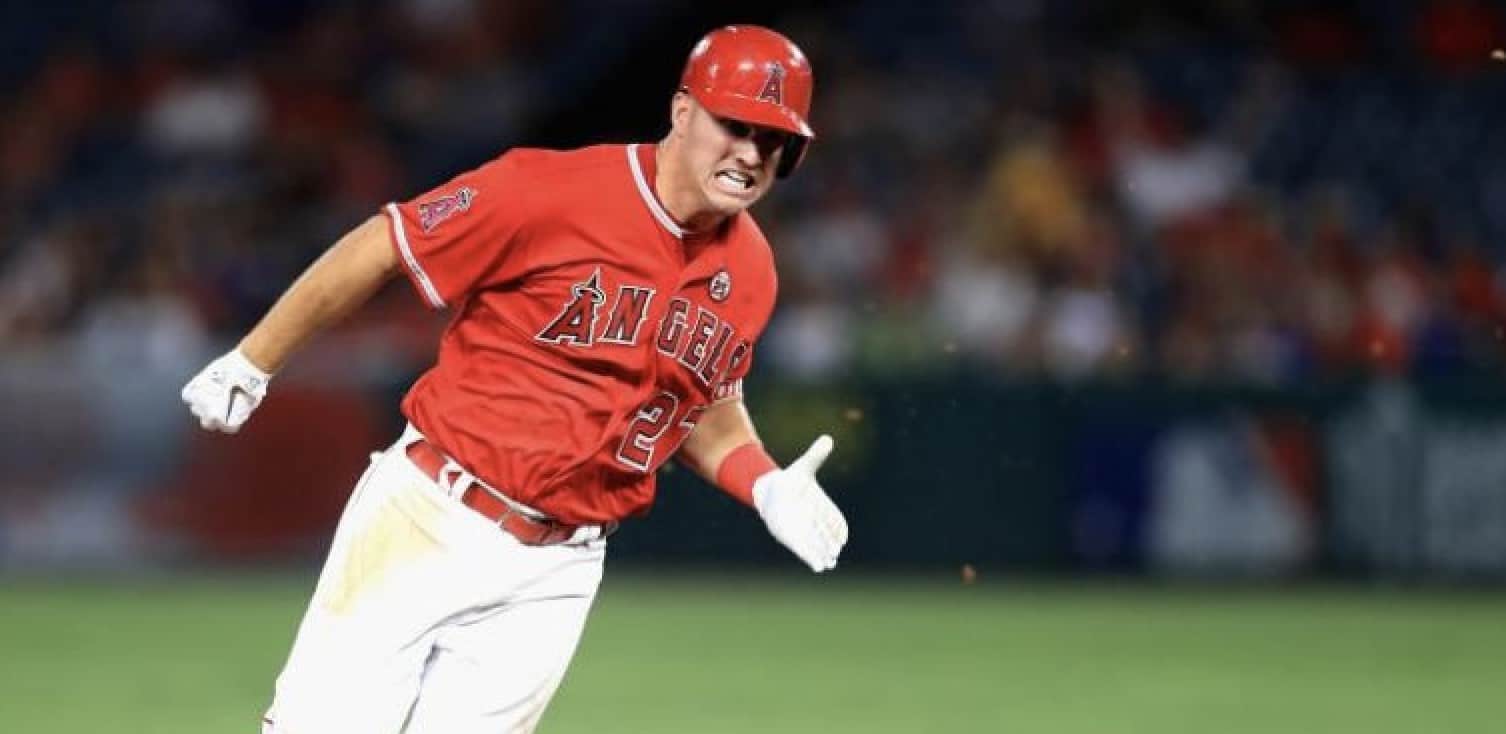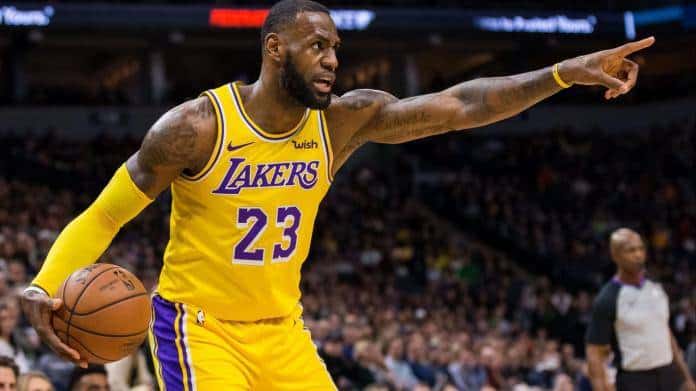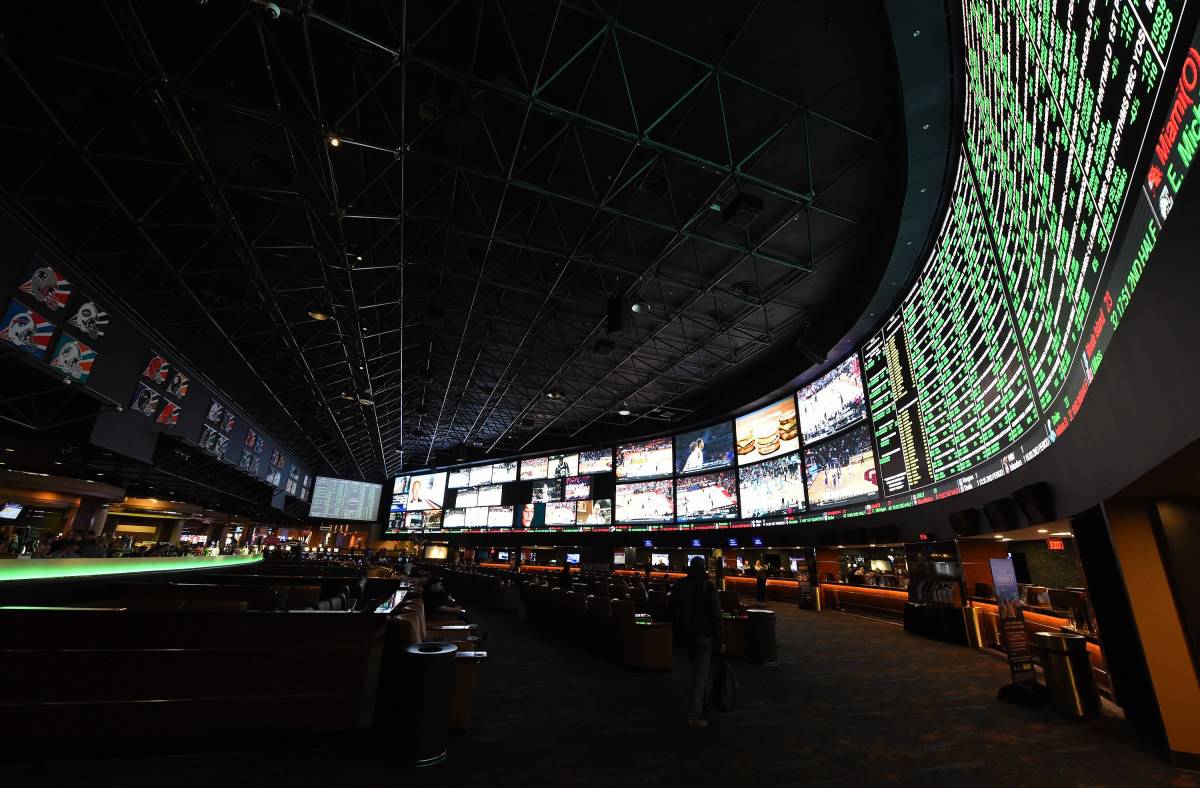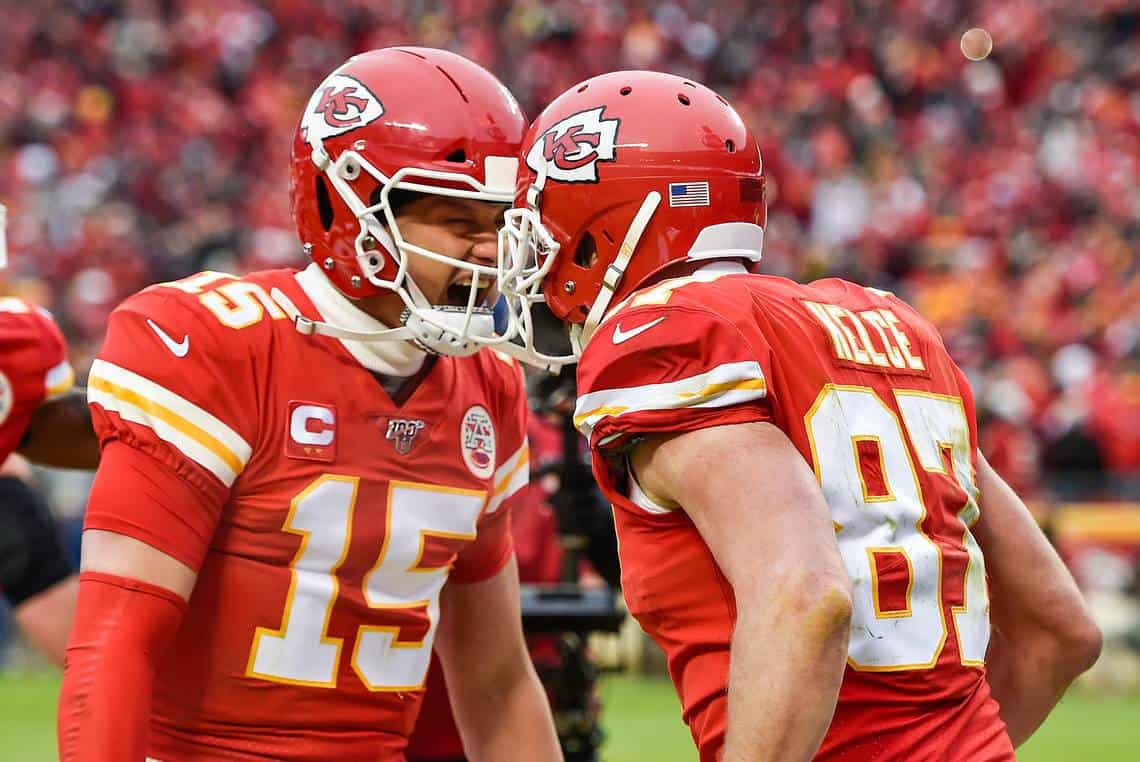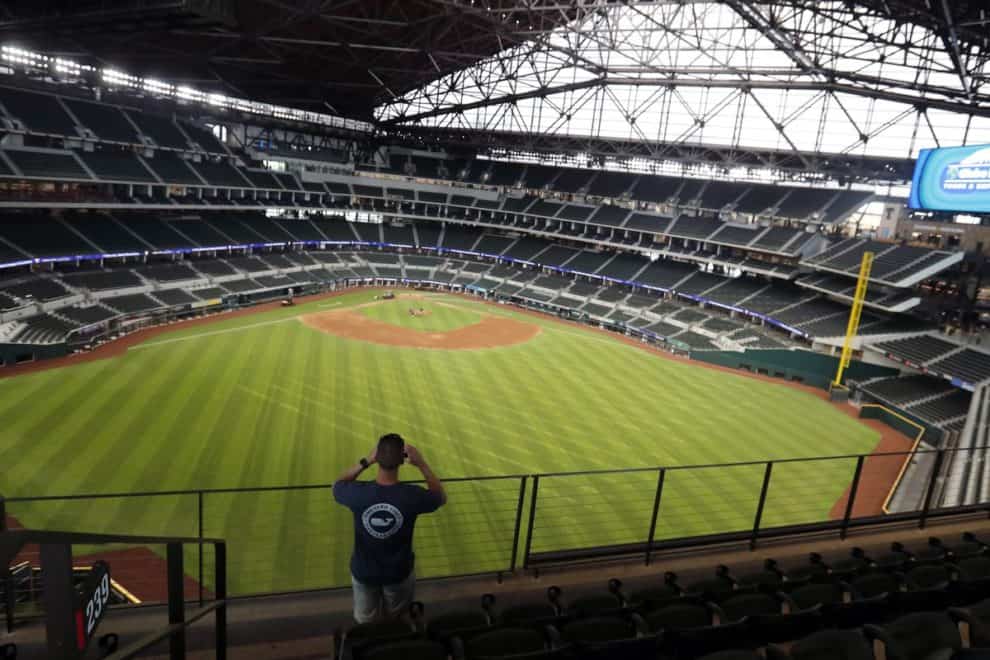
- Barring anything unforeseen a sixty game Major League Baseball season will begin on or around July 24.
- ‘Spring Training’ is tentatively set to begin on July 1.
- There are several rule changes that will be unique to this season.
Unless something unexpected happens–and with the way things have gone in 2020 that is always a possibility–Major League Baseball will begin their season on or around July 24. The 60 game season will be the shortest since 1878. The schedule is designed so that teams will visit each city only once. Teams will play 10 games against each of its four division rivals and four games against each of the five teams in the corresponding division in the other league. That means the NL West will play the teams in the AL West, the NL East will face the AL East and the NL Central will face the AL Central.
SPRING TRAINING AND PERSONNEL CHANGES
‘Spring Training’ is tentatively scheduled to begin on July 1. All players will travel to their home city for these activities. Originally, the plan was for teams to prepare for the season at their usual Spring Training home in Florida or Arizona but the upswing in coronavirus cases in these states put the kibosh on that.
60 players can be invited to Spring Training and will remain on the team’s extended roster which will include a taxi squad. Up to three players from the taxi squad will be able to travel with teams and one player is required to be a catcher. Teams will have an active roster of 30 during the first two weeks of the season, 28 during the second two weeks and 26 for the remainder of the season.
Due to the truncated season, the plan to expand the minimum time a pitcher must spend on the disabled list has been shelved for now. The original plan was to extend that to 15 days but instead it will remain at 10 days for this year. The other major rule change for pitcher will be used–pitchers will be required to face three batters or finish the half inning.
There will be a trade deadline of August 31 and a September 15 deadline for postseason eligibility. The playoff format is expected to remain the same with 10 teams qualifying though there is some speculation that could change. Other reports suggest that the 10 team format is more or less set in stone.
GAMEPLAY CHANGES
Two big ones. The first is the universal designated hitter meaning that the NL pitchers won’t be batting for the first time. This sounds reasonable as exposing pitchers to the added injury risk of batting doesn’t seem like a good idea.
The second one is more dramatic and more controversial. For this season, the Major Leagues will use the minor league format for extra innings. In every half inning after the 9th play will begin with a runner on second base. The thinking here is that in a season that already has plenty of health and safety concerns the fatigue factor of extended extra inning games is problematic. Not surprising but most of the ‘baseball purists’ hate this idea. Despite this reflexive call for the importance of ‘tradition’ there are some that think this could become a permanent rule change. Much will depend on how fans respond.
The logic behind minimizing extra inning games is sound but if that’s the priority why not do what the Korean Baseball Organization does–if the game is tied after 12 innings it’s a draw. That would be less gimmicky and the reality is that even with that rule you don’t see many KBO games end in a tie. Last year, the ten KBO teams played the normal 144 game schedule. The Lotte Giants had the most draws of any team with 3. Three teams finished with two draws each, five had only one draw and the Hanwha Eagles didn’t have any.
HOW TO BET 2020 MAJOR LEAGUE BASEBALL?
Good question. One important thing to keep in mind is that many of the more obvious concepts will quickly get baked into the line. In theory, the universal DH could produce a greater number of ‘Overs’. On the other hand, starting pitchers won’t have to pace themselves as much during a short season. The ‘runner on second base in extra innings’ rule is a pretty big change but one that all teams will have to deal with. Extra innings are already a fairly random way to determine the outcome of a game so it’s hard to see this rule having much impact from a betting perspective.
More significant is the ‘short sample size’ represented by 60 games. How many times have you seen a good team start slowly only to get into ‘cruise control’ by the dog days of Summer? The Atlanta Braves did this just about every season during their Maddux/Glavine/Smoltz era of dominance. With only 60 games there’s no guarantee that a good team that starts slow will turn things around. The flip side of this is also true–a team that is expected to struggle ‘on paper’ could get off to a fast start and not face the prospect of faltering over the long haul.
Ultimately, it’s difficult to predict how the rule changes, personnel changes and even the unprecedented experience of playing games in empty ballparks will impact play and this makes it difficult to come to any significant betting/handicapping conclusions. I’ll definitely be looking for some value positions in the futures market and more so than in most years will be looking to play as many underdogs as possible.






